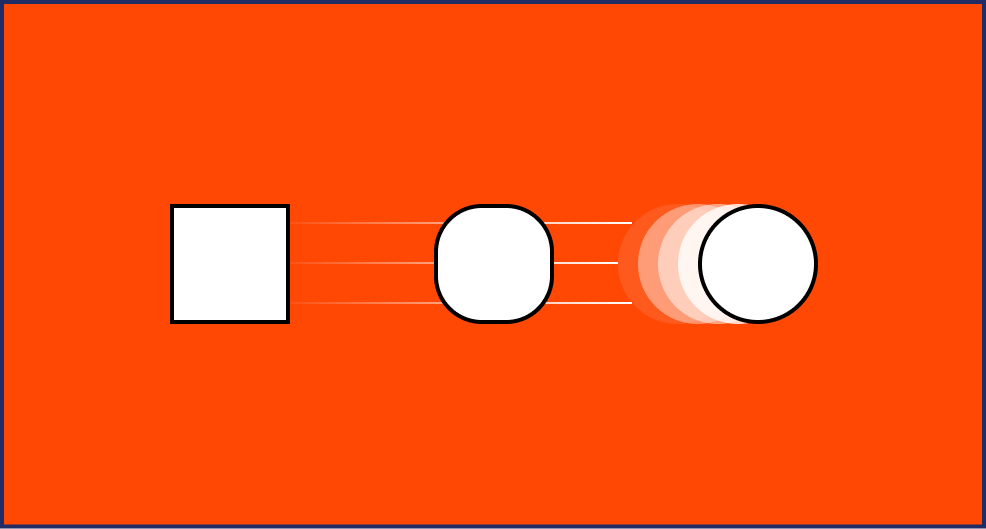At its core, Zen Flow combines the physical postures and breathing techniques of yoga with the meditative practices of Zen Buddhism. This fusion creates a harmonious blend that not only nurtures the body but also cultivates a calm and focused mind. In Zen Flow, emphasis is placed on moving mindfully through each posture, syncing breath with movement, and embracing the present moment with full awareness.
Understanding Microinteractions
Microinteractions are everywhere, whether you notice them or not. They’re the gentle bounce of a button when you tap it, the satisfying sound of a message being sent, or the playful animation that greets you when you refresh your feed. These tiny moments may seem insignificant on their own, but together, they form the backbone of a user’s interaction with a product.
At their core, microinteractions serve four main purposes:
Feedback:
They provide users with real-time feedback, letting them know that their actions have been recognized and understood.
Guidance:
Microinteractions guide users through complex processes, breaking them down into smaller, more manageable steps.
Delight:
When done well, microinteractions surprise and delight users, turning mundane tasks into memorable experiences.
Functionality:
Above all, microinteractions enhance functionality, making interfaces more intuitive and easier to use.

The Art of Microinteractions
Crafting effective microinteractions requires a deep understanding of both design principles and user behavior. Here are some key considerations to keep in mind:
Purpose:
Before adding a microinteraction, ask yourself: What purpose does it serve? Is it providing valuable feedback, guiding the user, or simply adding visual flair? Every microinteraction should have a clear purpose and add value to the user experience.
Simplicity:
Keep microinteractions simple and intuitive. Avoid overwhelming users with flashy animations or unnecessary distractions. The goal is to enhance usability, not detract from it.
Consistency:
Maintain consistency across microinteractions to create a cohesive user experience. Use familiar patterns and animations that users can easily recognize and understand.
Timing:
Timing is everything when it comes to microinteractions. They should be triggered at the right moment, providing instant feedback without disrupting the user’s flow.
Accessibility:
Ensure that microinteractions are accessible to all users, including those with disabilities. Provide alternative feedback methods for users who may not be able to see or hear the animations.
“Good design is actually a lot harder to notice than poor design, in part because good designs fit our needs so well that the design is invisible.”
Mastering microinteractions is an ongoing process that requires attention to detail, empathy for the user, and a willingness to iterate and improve. By understanding the principles behind microinteractions and applying them thoughtfully in your designs, you can create interfaces that not only look great but also feel intuitive and engaging to use. So the next time you’re designing a UI, don’t overlook the small stuff – because sometimes, it’s the little things that make all the difference.

